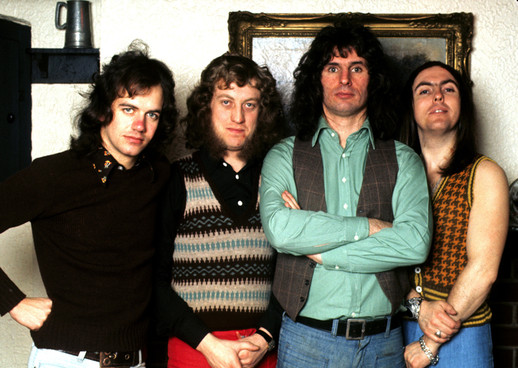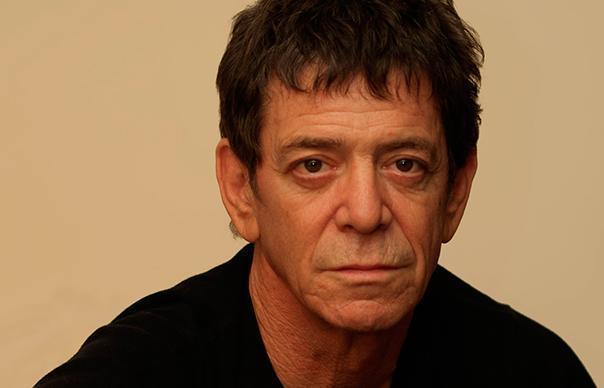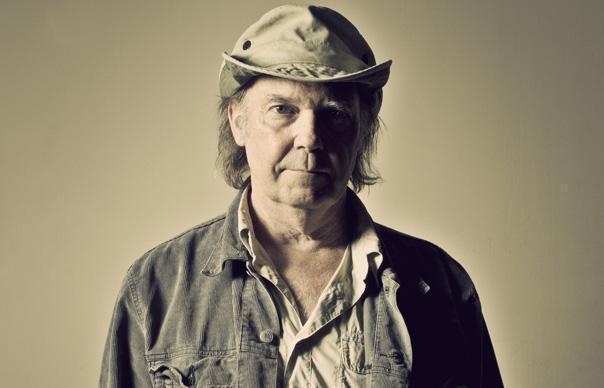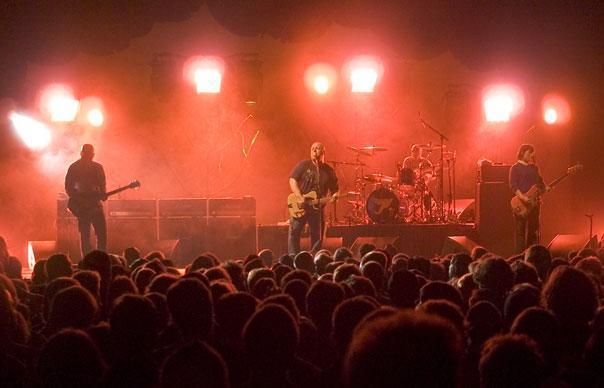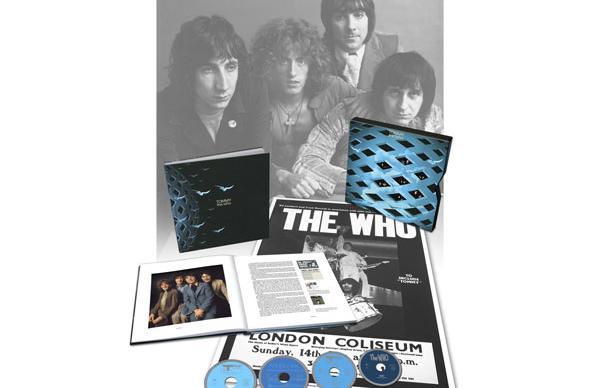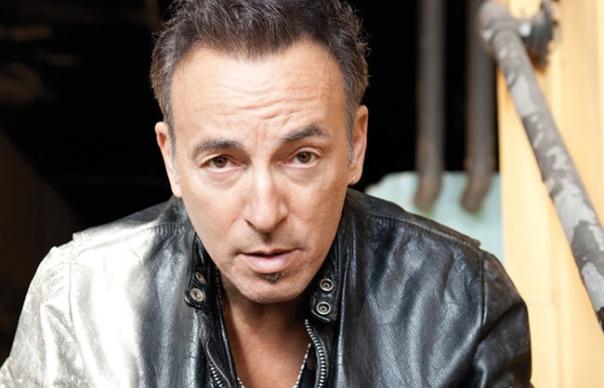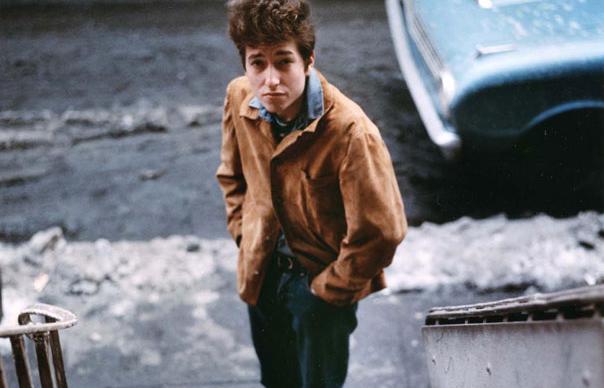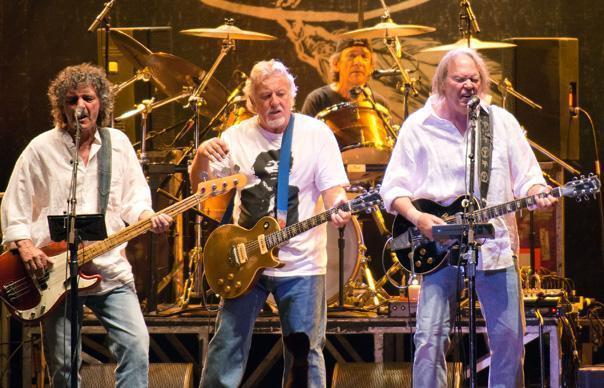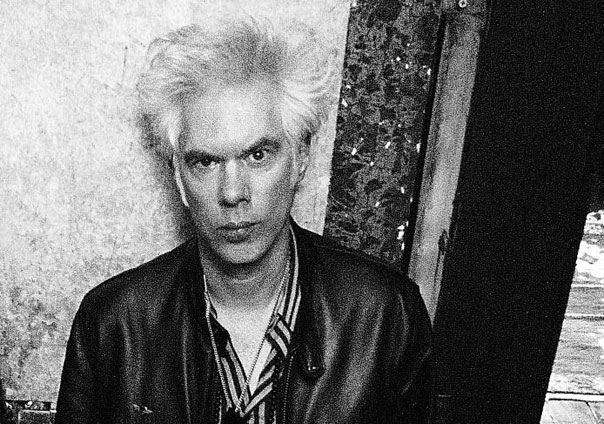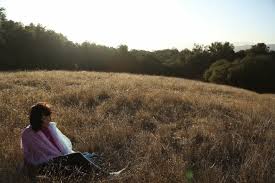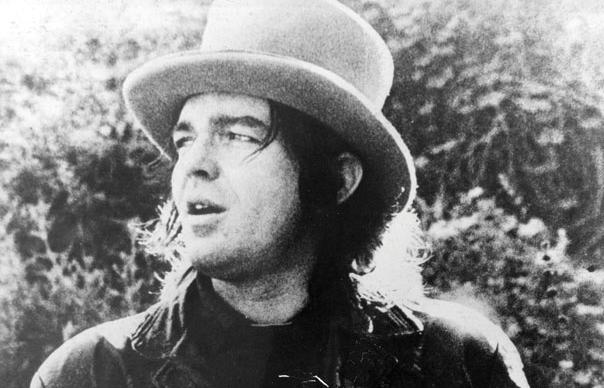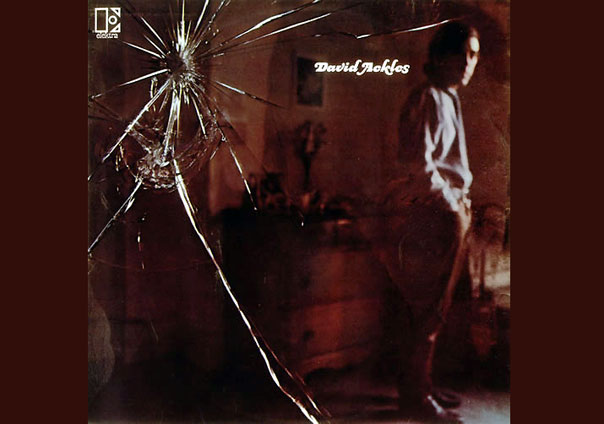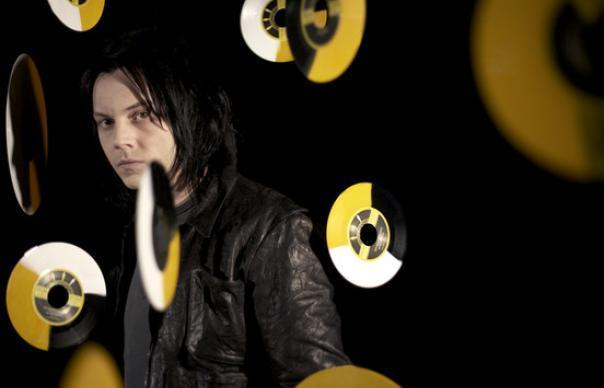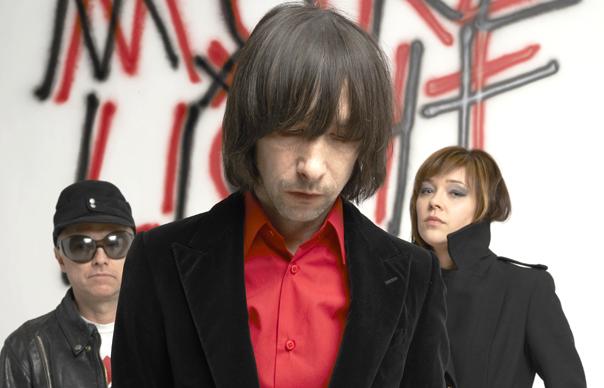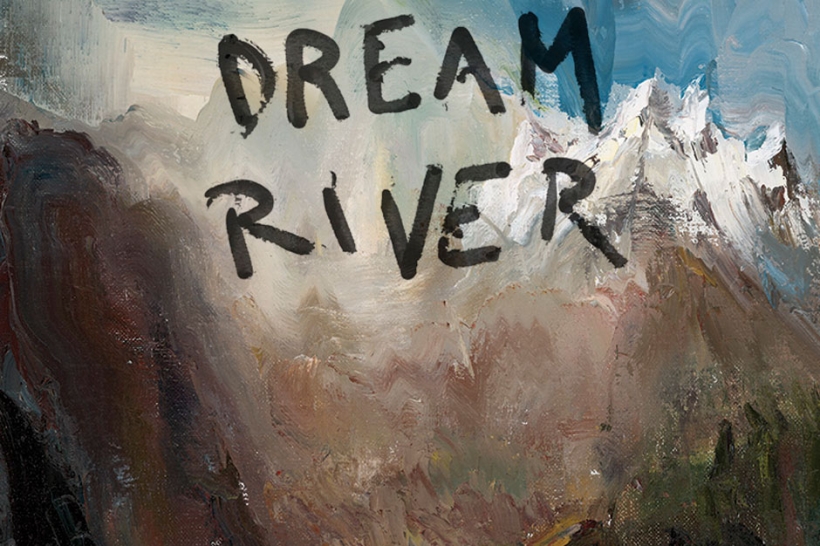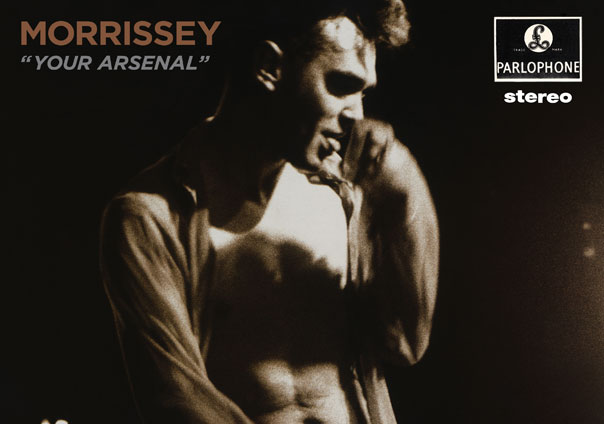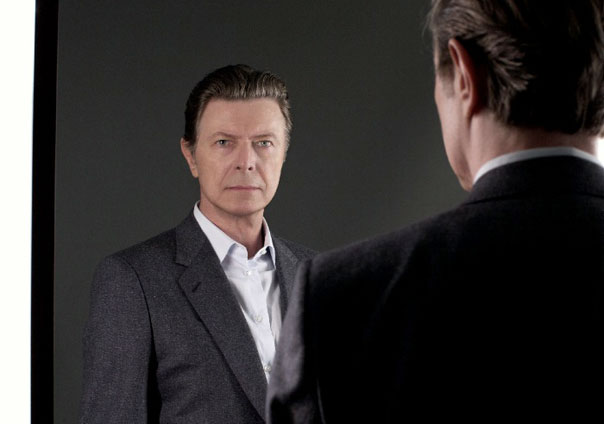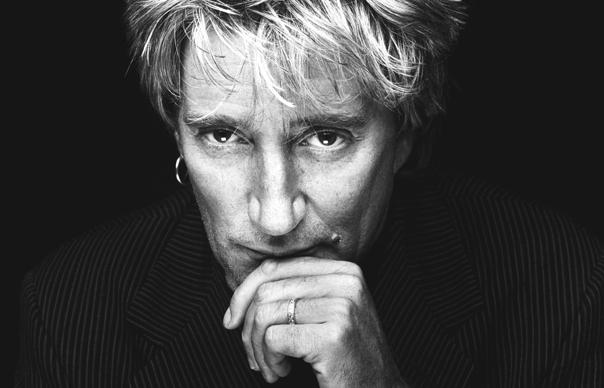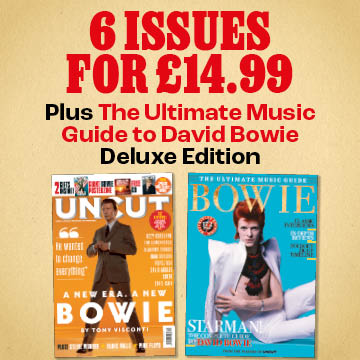OK, I’ve managed to remember 143 albums that came out this year and that I liked. As in previous years, I didn’t see much point in hacking my list down to a Top 100, or Top 50, or whatever. While it’d be a stretch to claim every one is an imperishable classic, I do feel broadly confident recommending them all.
Another caveat: I’ve spent a bit of time trying to put them in some kind of order, but realistically a lot of the placings are pretty arbitrary below the Top 30 or Top 50 – and not, of course, exactly scientific in the upper echelons, either. For a more assiduous and calculated rundown of the year’s best albums, I should refer you to the current issue of Uncut, where you’ll find a mathematically rigorous Top 80 that was voted for by almost 50 of the magazine’s staff and contributors.
Since the Uncut list was published, I’ve seen some comments online express surprise at the inclusion of Roy Harper’s “Man & Myth”. The chart was voted for and compiled before Harper’s charges became public, in answer to your questions, and I can’t speculate on how our writers would have acted if that hadn’t been the case. As you’ll see, though, I’ve included “Man & Myth” in my list, because I wanted it to be accurately representative of the music I’ve played and enjoyed over the last year. At this point, I can’t honestly say when I will want to hear that record again, but that doesn’t strike me as relevant to a retrospective list like this one.
Anyhow, please let me know what you make of my Top 143. I’ve added plenty of links to things I’ve written about the albums, and also to pieces on some of them by my colleagues at Uncut. I’m sure there are a few albums I’ve forgotten – remind me! – and I’d also welcome your personal charts in the comments box at the bottom of all this. A quick thank you, too, for all your engagement and support over the year; as ever, it’s very much appreciated. I seem to be blessed with the most enthusiastic, least snarky commenters on the internet, and I’m very grateful for that. Thanks again.
Follow me on Twitter: www.twitter.com/JohnRMulvey
143. Cool Ghouls – Cool Ghouls (Empty Cellar)
142. Dead Meadow – Warble Womb (Xemu)
141. Bill Orcutt – A History Of Every One (Editions Mego)
140. King Champion Sounds – Different Drummer (Wormer Brothers)
139. Matias Aguayo – The Visitor (Cómeme)
138. Kitchens Of Distinction – Folly (3Loop Music)
137. Deep Magic – Reflections of Most Forgotten Love (Preservation)
136. Gregor Schwellenbach – Gregor Schwellenbach Spielt 20 Jahre Kompakt (Kompakt)
135. Elephant Micah – Globe Rush Progressions (Product Of Palmyra)
134. Mike Donovan – WOT (Drag City)
133. Adrian Utley’s Guitar Orchestra – In C (Invada)
132. Jozef Van Wissem – Nihil Obstat (Important)
131. Carlton Melton– Always Even (Agitated)
130. Eiko Ishibashi – Resurrection (Drag City)
129. Lubomyr Melnyk – Three Solo Pieces (Unseen Worlds)
128. Cate Le Bon – Mug Museum (Turnstile)
127. The Julie Ruin – Oh Come On (TJR)
126. Bitchin Bajas – Bitchitronics (Drag City)
125. Buchikamashi – Out Of Body Experience (Fort Evil Fruit)
124. A Hawk And A Hacksaw – You Have Already Gone To The Other World (Lm Dupli-Cation)
123. Dawn McCarthy & Bonnie ‘Prince’ Billy – What The Brothers Sang (Domino)
122. Arp – More (Smalltown Supersound)
121. Goran Kajfeš Subtropic Arkestra – The Reason Why Vol. 1 (Headspin)
120. Eleanor Friedberger – Personal Record (Merge)
119. Julian Cope – Revolutionary Suicide (Head Heritage)
118. James Blackshaw & Lubomyr Melnyk – The Watchers (Important)
117. Wooden Shjips – Back To Land (Thrill Jockey)
116. White Fence – Cyclops Reap (Castleface)
115. Plankton Wat – Drifter’s Temple (Thrill Jockey)
114. Kandodo – k20 (Thrill Jockey)
113. Diana Jones – Museum Of Appalachia Recordings (Proper)
112. Uncle Acid & The Deadbeats – Mind Control (Rise Above)
111. Blondes – Swisher (RVNG INTL)
110. Lawrence English – Lonely Woman’s Club (Important)
109. μ-Ziq – Chewed Corners (Planet Mu)
108. The Knife – Shaking The Habitual (Rabid)
107. Spain– The Morning Becomes Eclectic Session (Glitterhouse)
106. Cave – Threace (Drag City)
105. Ravi Shankar – The Living Room Sessions Part 2 (East Meets West Music)
104. Rangda/Dead C – Rangda/Dead C (Ba Da Bing)
103. Africa Express – Maison Des Jeunes (Transgressive)
102. Vieux Farka Touré – Mon Pays (Six Degrees)
101. Master Musicians Of Bukkake – Far West (Important)
100. Mark Lanegan & Duke Garwood – Black Pudding (Heavenly)
99. Glenn Jones – My Garden State (Thrill Jockey)
98. Duane Pitre – Bridges (Important)
97. Mark Kozelek – Like Rats (Caldo Verde)
96. Cavern Of Anti Matter – Blood-Drums (Grautag)
95. Califone – Stitches (Dead Oceans)
94. Liam Hayes – A Glimpse Inside The Mind Of Charles Swan III (Night Fever)
93. MIA – Matangi (XL)
92. Arctic Monkeys – AM (Domino)
91. Janelle Monae – Electric Lady (Atlantic)
90. Magik Markers – Surrender To The Fantasy (Drag City)
89. Tony Joe White – Hoodoo (Yeproc)
88. Julianna Barwick – Nepenthe (Dead Oceans)
87. Wooden Wand & World War IV – Wooden Wand & World War IV (Three Lobed Recordings)
86. Forest Swords – Excavations (Tri Angle)
85. King Khan & The Shrines – Idle No More (Merge)
84. The Limiñanas – Costa Blanca (Trouble In Mind)
83. The Oblivians – Desperation (In The Red)
82. Chuck Johnson – Crows In The Basilica (Three Lobed Recordings)
81. Matt Kivel – Double Exposure (Olde English Spelling Bee)
80. Mazzy Star – Seasons Of Your Day (Rhymes Of An Hour)
79. Unknown Mortal Orchestra – II (Jagjaguwar)
78. Darkside – Psychic (Matador)
77. Part Pelt Wild Gate – Hung On Sunday (MIE Music)
76. Duane Pitre – Feel Free: Live At Cafe OTO (Important)
75. Ultramarine – This Time Last Year (Real Soon)
74. Black Twig Pickers – Rough Carpenters (Thrill Jockey)
73. White Fence – Live In San Francisco (Castleface)
72. Fuck Buttons – Slow Focus (ATP Recordings)
71. Omar Souleyman – Wenu Wenu (domino)
70. Daniel Bachman – Jesus I’m A Sinner (Tompkins Square)
69. Sebadoh – Defend Yourself (Domino)
68. Lubomyr Melnyk – Corollaries (Erased Tapes)
67. Mountains – Centralia (Thrill Jockey)
66. Prefab Sprout – Crimson/Red (Icebreaker)
65. Danny Paul Grody – Between Two Worlds (Three Lobed Recordings)
64. Tim Hecker – Virgins (Kranky)
63. Retribution Gospel Choir – 3 (Chaperone)
62. Richard Thompson – Electric (Proper)
61. These New Puritans – Field Of Reeds (Infectious)
60. Dawn Of Midi – Dysnomia (Thirsty Ear)
59. Splashgirl – Field Day Rituals (Hubro)
58. Jim James – Regions Of Light And Sound Of God (V2)
57. Broadcast – Berberian Sound Studio (Warp)
56. Jonathan Wilson – Fanfare (Bella Union)
55. Israel Nash Gripka – Israel Nash’s Rain Plains (Loose)
54. Van Dyke Parks – Songs Cycled (Bella Union)
53. Ty Segall – Sleeper (Drag City)
52. Fuzz – Fuzz (In The Red)
51. Kevin Morby – Harlem River (Woodsist)
50. Daft Punk – Random Access Memories (Columbia)
49. Four Tet – Beautiful Rewind (Text)
48. Matmos – The Marriage Of True Minds (Thrill Jockey)
47. Arbouretum – Coming Out Of The Fog (Thrill Jockey)
46. Courtney Barnett – The Double EP: A Sea Of Split Peas (House Anxiety)
45. Vampire Weekend – Modern Vampires Of The City (XL)
44. Steve Gunn & Mike Gangloff – Melodies For A Savage Fix (Important)
43. Bitchin Bajas – Krausened (Permanent)
42. The Handsome Family – Wilderness (Loose)
41. Chris Thile – Bach: Sonatas And Partitas, Volume One (Nonesuch)
40. Mikal Cronin – MCII (Merge)
39. Pantha Du Prince & The Bell Laboratory – Elements Of Light (Rough Trade)
38. Kelley Stoltz – Double Exposure (Third Man)
37. Josephine Foster – I’m A Dreamer (Fire)
36. Alela Diane – About Farewell (Rusted Blue)
35. Jon Hopkins – Immunity (Domino)
34. Parquet Courts – Light Up Gold (What’s Your Rupture)
33. Kurt Vile – Wakin On A Pretty Daze (Matador)
32. Roy Harper – Man And Myth (Bella Union)
31. Low – The Invisible Way (Sub Pop)
30. Julia Holter – Loud City Song (Domino)
29. Holden – The Inheritors (Border Community)
28. Alasdair Roberts & Robin Robertson – Hirta Songs (Stone Tape)
27. The Cairo Gang – Tiny Rebels (Empty Cellar)
26. Purling Hiss – Water On Mars (Drag City)
25. Houndstooth – Ride Out The Dark (No Quarter)
24. Promised Land Sound – Promised Land Sound (Paradise Of Bachelors)
23. White Denim – Corsicana Lemonade (Downtown)
22. Nick Cave & The Bad Seeds – Push The Sky Away (Bad Seed Ltd)
21. The Shouting Matches – Grownass Man (Middle West)
20. William Tyler – Impossible Truth (Merge)
19. Factory Floor – Factory Floor (DFA)
18. Desert Heat – Cat Mask At Huggie Temple (MIE Music)
17. Golden Gunn – Golden Gunn (Three Lobed Recordings)
16. Date Palms – The Dusted Sessions (Thrill Jockey)
15. Atoms For Peace – Amok (XL)
14. Hiss Golden Messenger – Haw (Paradise Of Bachelors)
13. Laura Marling – Once I Was An Eagle (Virgin)
12. Thee Oh Sees – Floating Coffin (Castleface)
11. Boards Of Canada – Tomorrow’s Harvest (Warp)
10. Chris Forsyth – Solar Motel (Paradise Of Bachelors)
9. Steve Gunn – Time Off (Paradise Of Bachelors)
8. Mark Kozelek & Jimmy Lavalle – Perils From The Sea (Caldo Verde)
7. Mark Kozelek & Desert Shore – Mark Kozelek & Desert Shore (Caldo Verde)
6. The Necks – Open (ReR/Northern Spy)
5. My Bloody Valentine – m b v (My Bloody Valentine)
4. Cian Nugent & The Cosmos – Born With The Caul (No Quarter)
3. Endless Boogie – Long Island (No Quarter)
2. Matthew E White – Big Inner (Domino)
1. Bill Callahan – Dream River (Drag City)


